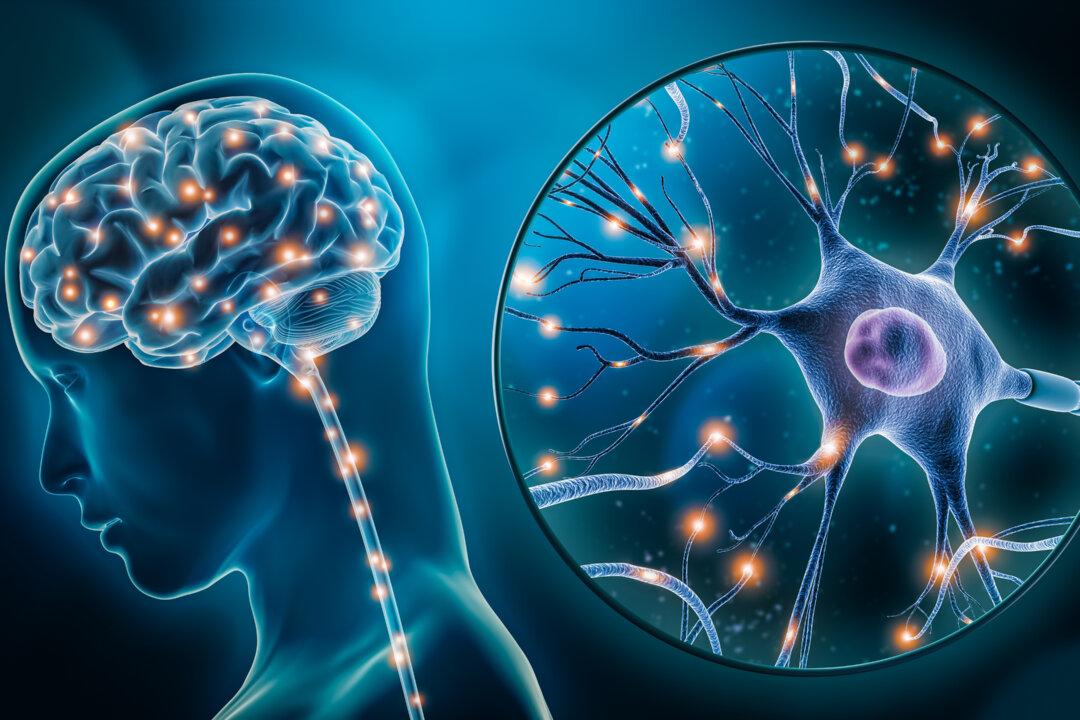In brief:
- DNA, even in small fragments, can produce electromagnetic fields.
- A famous DNA experiment conducted by late Nobel Laureate Luc Montagnier found that DNA could “teleport” when provided a very specific frequency: 7 Hz. This magic number might have something to do with the fact that Schumann resonances—the waves that make up the earth’s magnetic field—resonate at a similar frequency.
- This explains why low frequency EMF therapies have had success in regulating health: acute Parkinson’s has been reversed and sleep paralysis has been cured.
- But other frequencies cause health problems, damaging human cells and even DNA, sometimes even resulting in cancers.
There is a classic scene in Mary Shelley’s “Frankenstein” where the main character, Victor von Frankenstein, reanimates his monster made of dead tissue with a shock of electricity.






